Glenn Dale Hospital
An FDR-era tuberculosis sanatorium has stood abandoned in the suburbs of the U.S. capital for over 30 years.
In the early 1930s, at the height of the Great Depression, a tuberculosis epidemic swept through Washington, D.C. As hospitals in the city became overcrowded and overflow patients were sent to hospitals in neighboring Maryland and Virginia, it became clear that a dedicated facility was needed to handle the outbreak. That dedicated facility came in the form of the Glenn Dale Hospital, built in 1934 to meet the needs of tuberculosis patients, and to halt the spread of the disease.
Although tuberculosis—also known as TB, and historically as “consumption” and the “white plague”—had been known by medical professionals since human antiquity, the question of how to treat it was largely based on guesswork. Moreover, due to its high rate of contagion, people diagnosed with TB were typically isolated or even shunned. Many were sent to live out the rest of their lives in rural sanatoriums. The patients’ families would frequently tell friends and neighbors that the infected relative had died, rather than admit to a tuberculosis diagnosis in the family.
The preferred treatment for TB at the time consisted mainly of prolonged exposure to sunlight and fresh air. Thus, Glenn Dale Hospital was built as a sprawling 216-acre campus of 23 buildings separated by open, expansive lawns. Rooftop gardens were installed and tended by patients to further encourage them to spend as much time outside as possible. Underground tunnels (now flooded and decrepit) provided passage between building in inclement weather, but otherwise all transit and activities took place outdoors whenever the elements permitted.
In the 1940s, doctors discovered that antibiotics proved much more successful in treating tuberculosis. As antibiotics became more widely available in the 1950s, the number of tuberculosis patients at Glenn Dale Hospital dwindled until, in 1960, it was repurposed as a nursing home and hospital for indigent patients. The facility was finally closed in 1982 due to high levels of asbestos in the buildings, as well as spiraling costs associated with structural upkeep. It has sat disused and moldering since then.
Although police regularly patrol the grounds for trespassers, the ruins of Glenn Dale Hospital continue to attract graffiti artists, ghost hunters, local teenagers, and other curious explorers. It similarly attracts urban legends, with the most popular tales claiming that the site was once a prison or an insane asylum.
There are vague plans to convert the grounds back to a nursing home at some point in the future, however the considerable asbestos remediation costs combined with the restrictive requirements associated with redeveloping the property have yet to attract a successful bid. So, for now, the hospital remains abandoned.
Know Before You Go
Glenn Dale Road passes right through the center of the hospital campus. You can see much of the hospital and its grounds from the road or the Washington, Baltimore & Annapolis Trail, which passes directly behind the property. Entering the hospital buildings is prohibited and police are stationed at the abandoned hospital watching for trespassers 24/7.

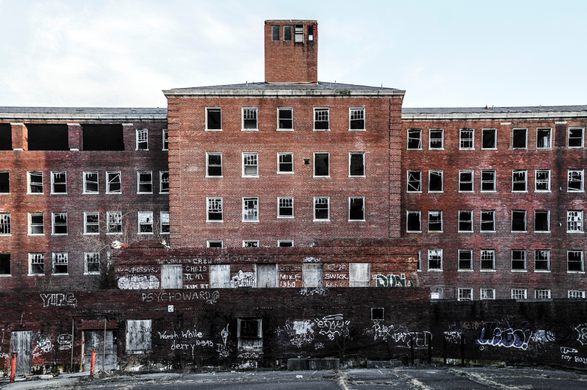

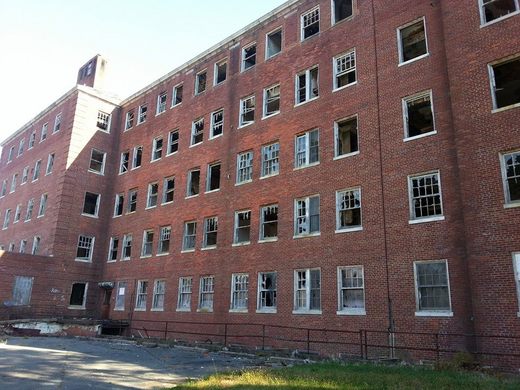
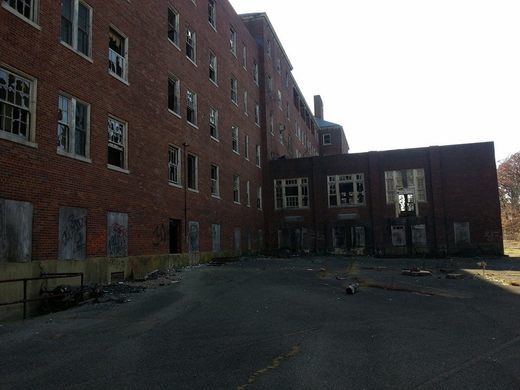
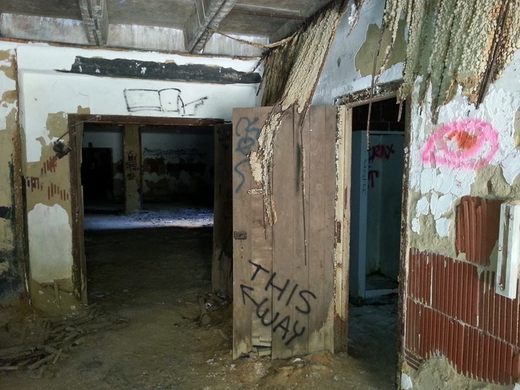






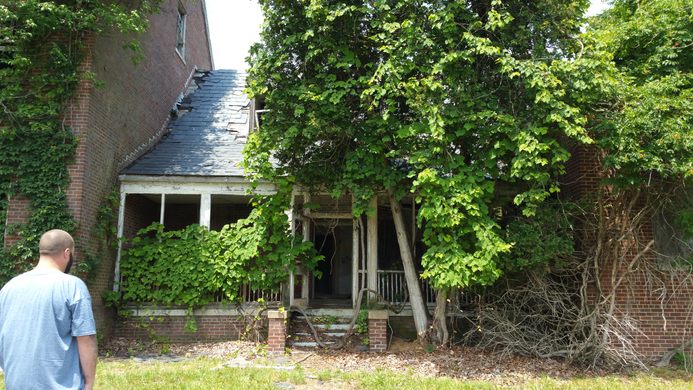
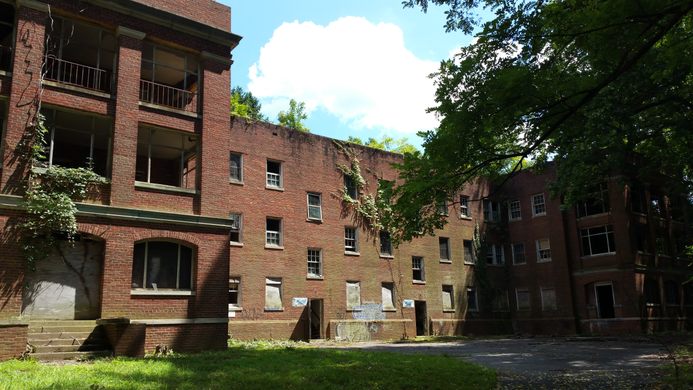

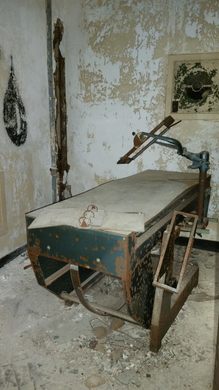
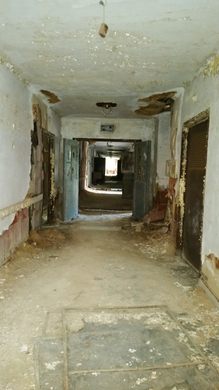

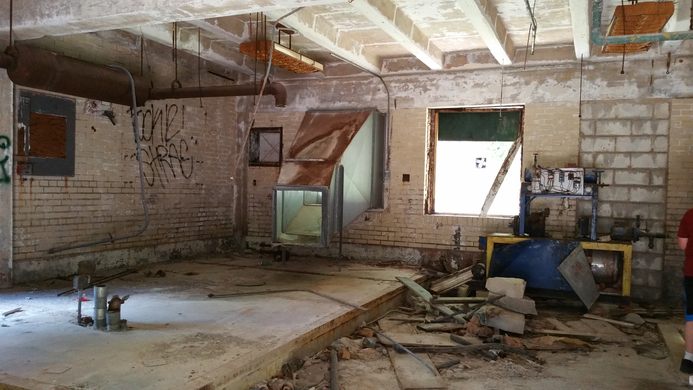
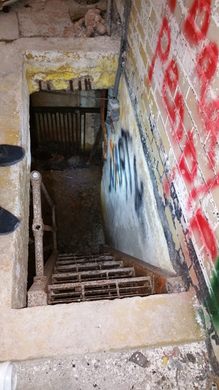


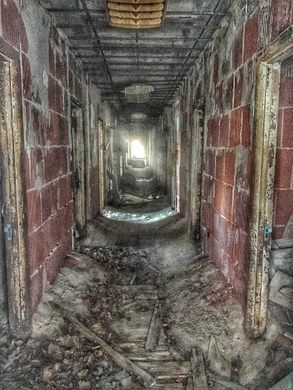





















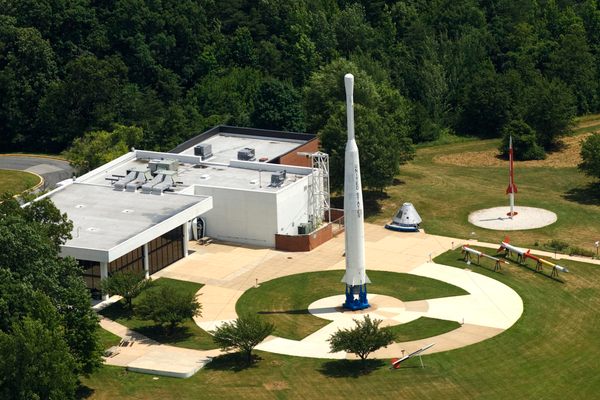
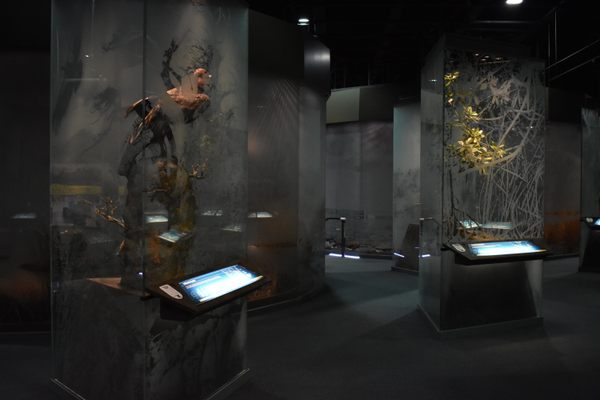



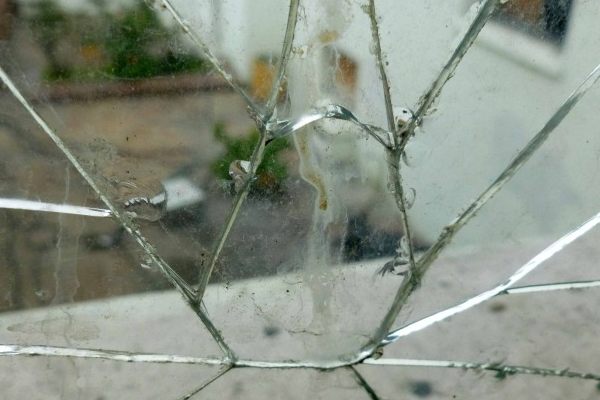


Follow us on Twitter to get the latest on the world's hidden wonders.
Like us on Facebook to get the latest on the world's hidden wonders.
Follow us on Twitter Like us on Facebook